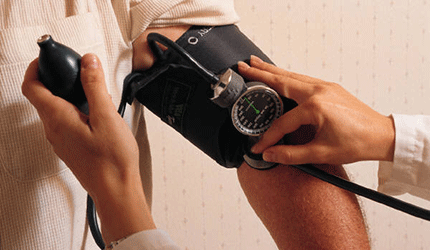
Task Force Lays out Recommendations for Interoperable Postmarket Registries
A task force has unveiled an ambitious set of recommendations for implementing coordinated registry networks as the backbone of a national system for device evaluations.
Specifically, the National Medical Device Registry Task Force, convened under the auspices of the Medical Device Epidemiology Network in June 2014, has proposed the creation of CRNs, which are intended to identify safety signals early to prevent patient harm and aid in device approvals and clearances.
This proposal comes in a new draft document titled Recommendations for a National Medical Device Evaluation System: Strategically Coordinated Registry Networks to Bridge Clinical Care and Research. The report builds on work started in September 2012 when the FDA released Strengthening our National System for Medical Device Postmarket Surveillance, which was updated in April 2013.
The system is intended to influence the total product life cycle, in accordance with the Center for Devices and Radiological Health’s 2014-2015 priorities to ensure the balance between pre- and postmarket data collection.
“The task force proposes a path forward that combines advances in infrastructure interoperability, quality, and data access with progressive development and implementation of structure core minimum data sets and standardized data dictionaries,” according to the report.
To that end, the task force recommends that stakeholders examine existing registries run by state authorities, federal entities, professional societies and other organizations — both national and international. For example, the American College of Cardiology and the American Academy of Orthopaedic Surgeons have developed registries to collect clinical, device and procedure-specific data. The U.S. Veterans Health Administration has a program for its cardiac catheterization laboratories.
Still work remains. “Even as each of these systems may represent the state-of-the-art for its purpose, no one system exists that is sufficient for medical device evaluation,” according to the report. “Furthermore, in their siloed and heterogeneous formats, there is currently little ability to synthesize information or continuously accrue safety or benefit/risk knowledge.”
Weaknesses highlighted by the report include limited follow-up of patients, lack of a calculable return on investment and variable data quality.
Despite the current weaknesses, linking existing registries, electronic health records and other data together could correct deficiencies in single systems to support reliable device evaluation. Doing so will require the use of a variety of solutions promoting interoperability.
“‘Dual purposing’ such information systems as components of CRNs reduces the reengineering, beta-testing, staff training and numerous additional cost- and time-sensitive barriers to implementation toward device evaluation applications,” the document notes.
The report defines five characteristics that should guide the development of a CRN: the ability to identify medical devices; the use of standardized clinical vocabularies, common data elements and outcome definitions; plans for selecting and creating solution promoting interoperability to link disparate data sources; ideas for crafting inclusive governance; and the promotion of value-based, incentivized sustainability.
The document is available at: www.fdanews.com/083115-surveillance-system-recs.pdf. Interested parties are invited to comment through Oct. 26. — Elizabeth Hollis
